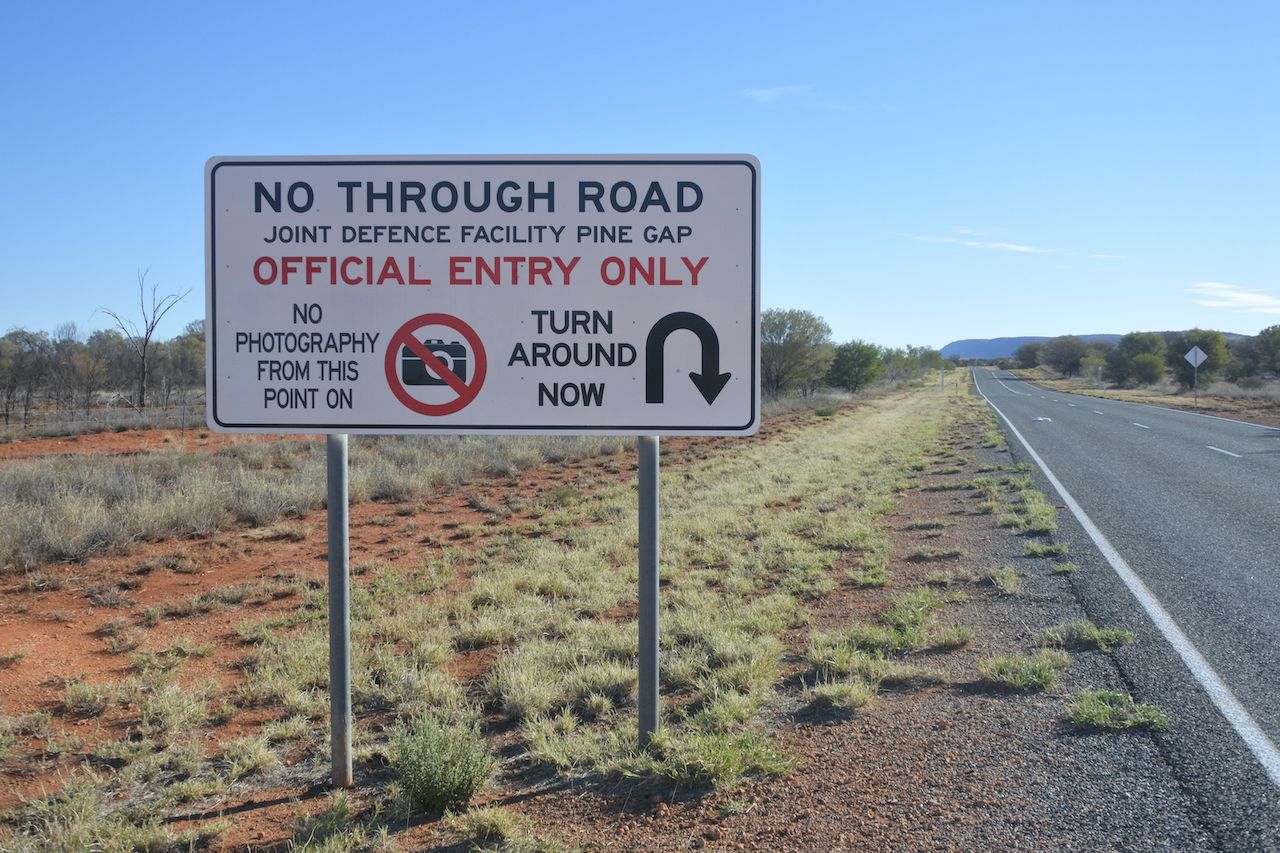When it comes to travel, the saying that forbidden fruit is always the sweetest often rings true. When someone tells us we can’t travel somewhere, we suddenly long to go there. Travelers are constantly seeking out attractions and destinations with fewer tourists as they chase the feeling of exclusivity and real adventure. If hundreds of people are posting the same Instagram photos, it somehow cheapens the experience. Well, there are some destinations that never show up on instagram.
This isn’t because they’re not beautiful or lack historic significance, but because they’re literally forbidden to travelers. It’s a tantalizing word: forbidden. Like the forbidden fruit, off-limits destinations make our mouths water simply because we can’t go there. From the mysterious Vatican Secret Archives to UNESCO World Heritage sites like Surtsey in Iceland, there are dozens of intriguing destinations around the world that are forbidden to travelers. No, you can’t visit them on your next trip, but there’s nothing wrong with letting your mouth water.







